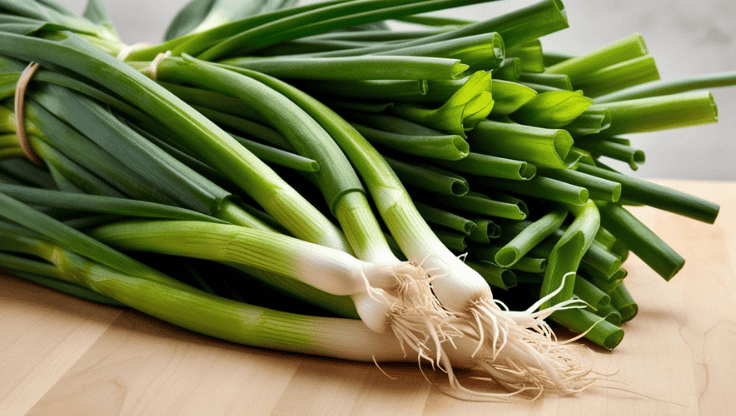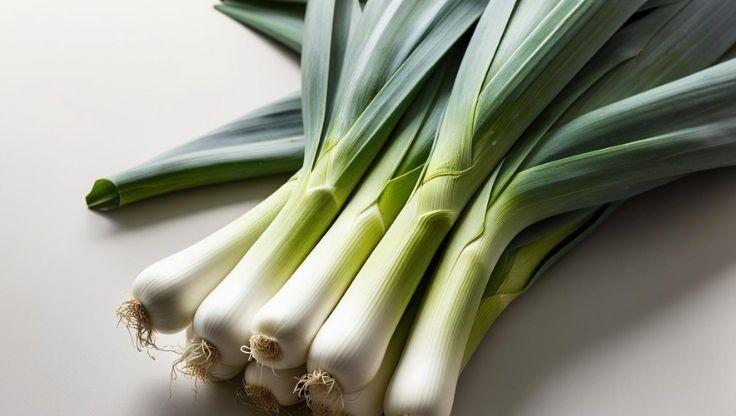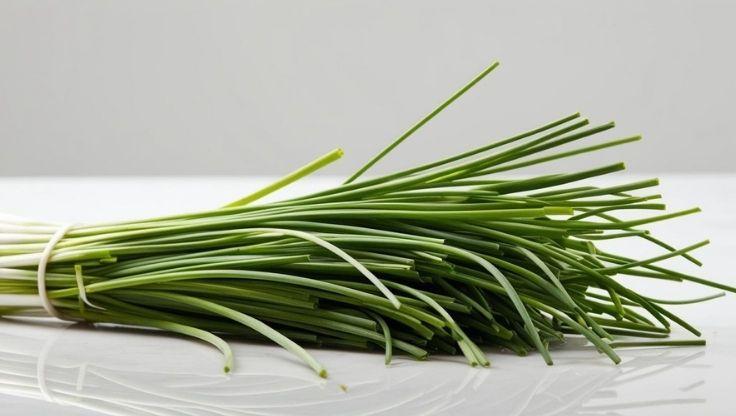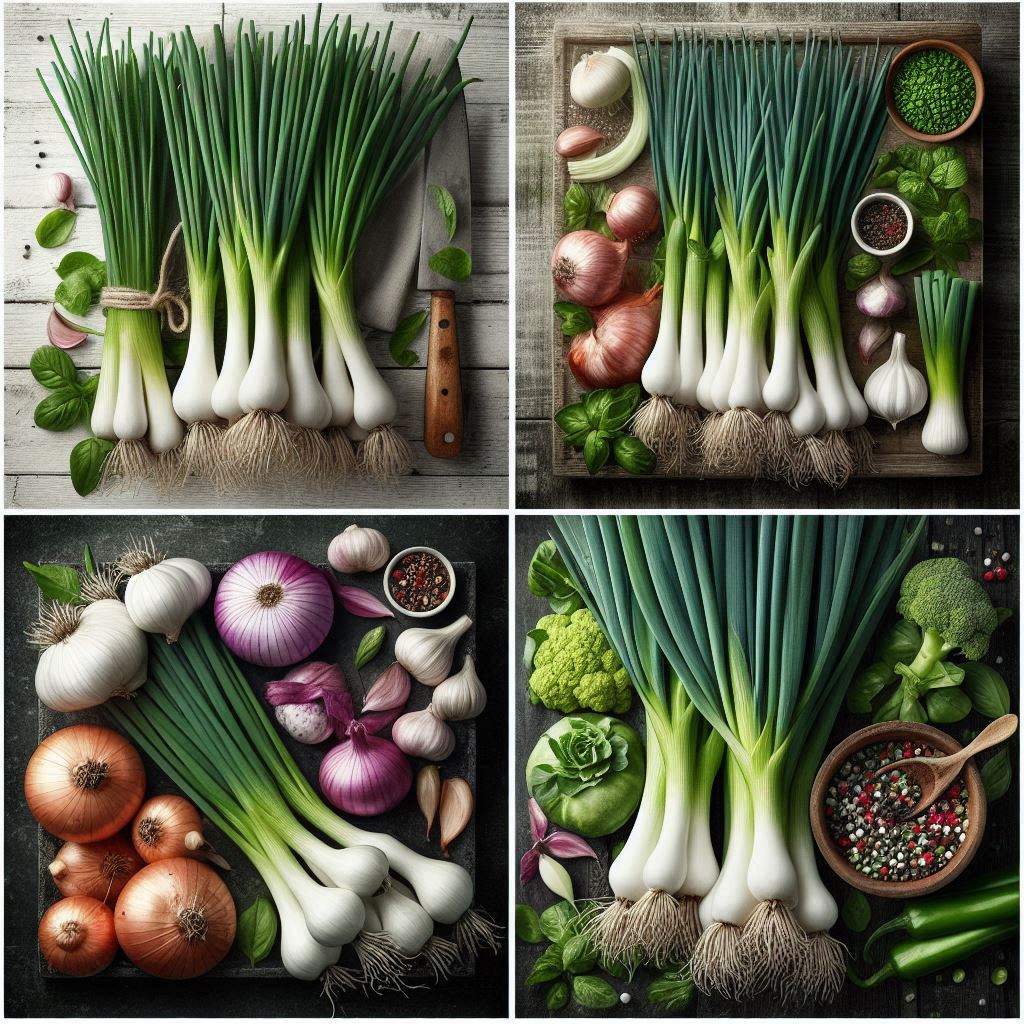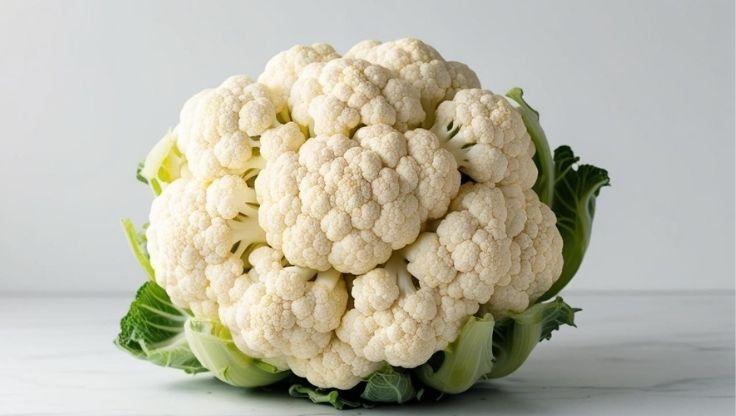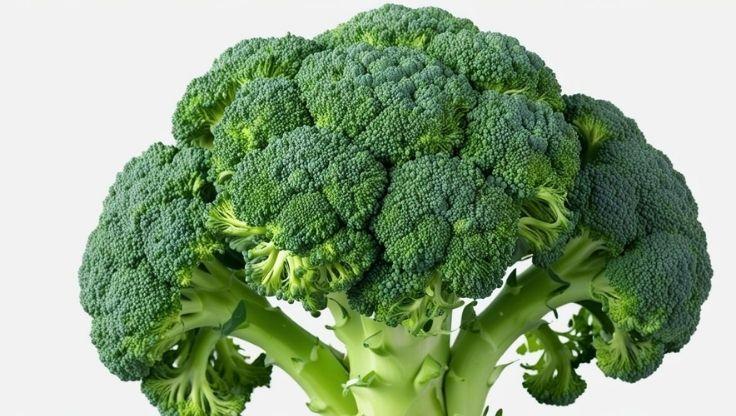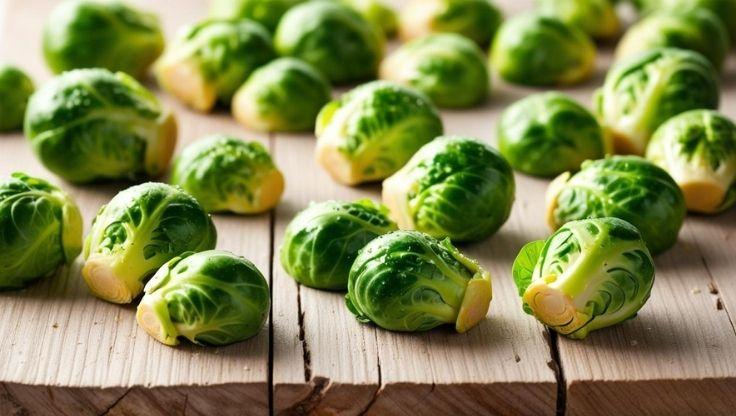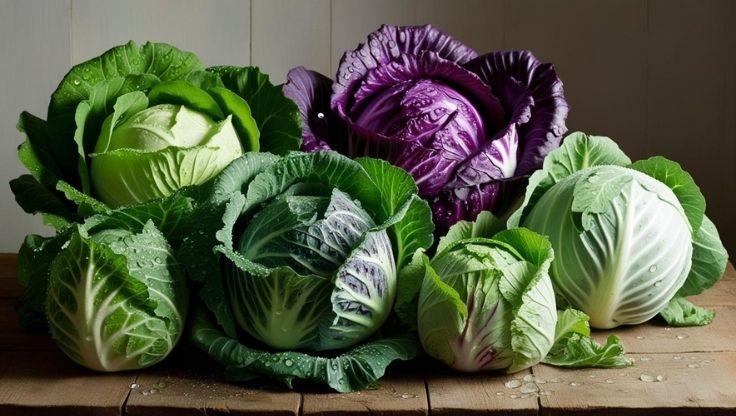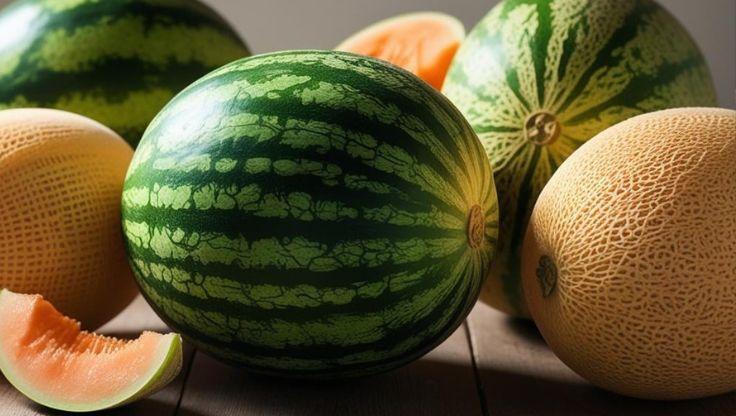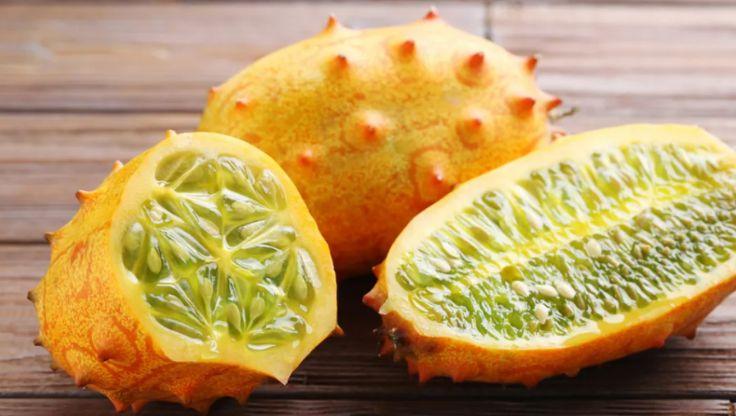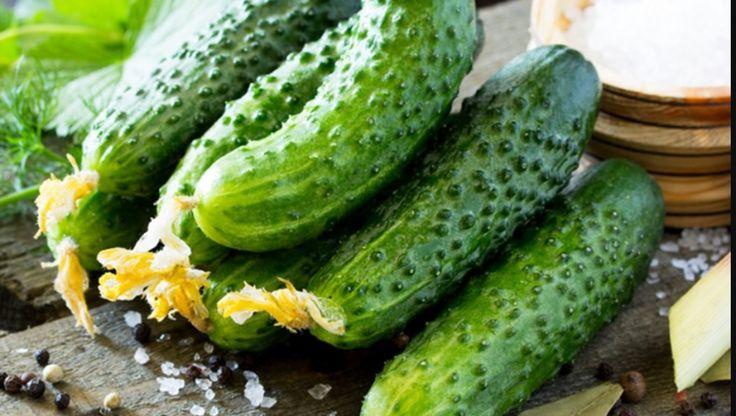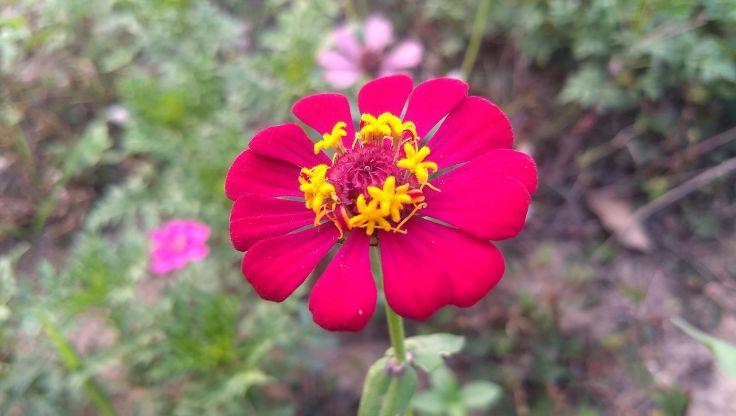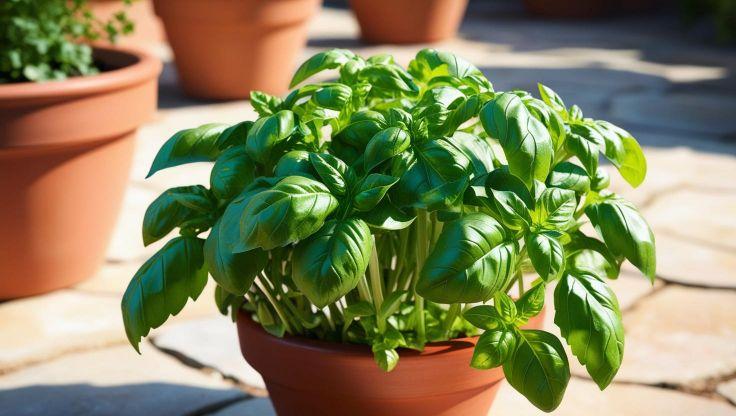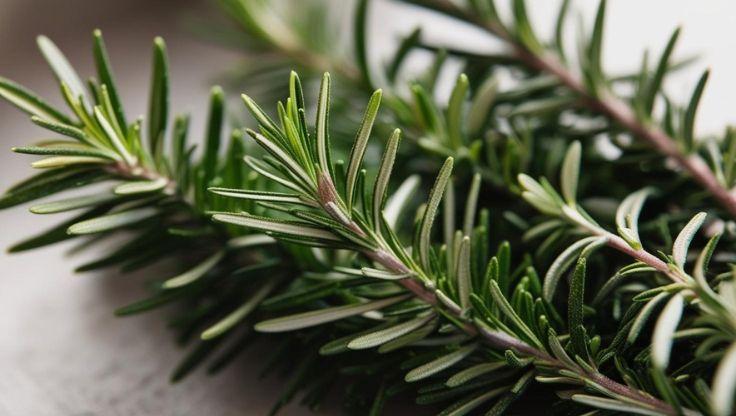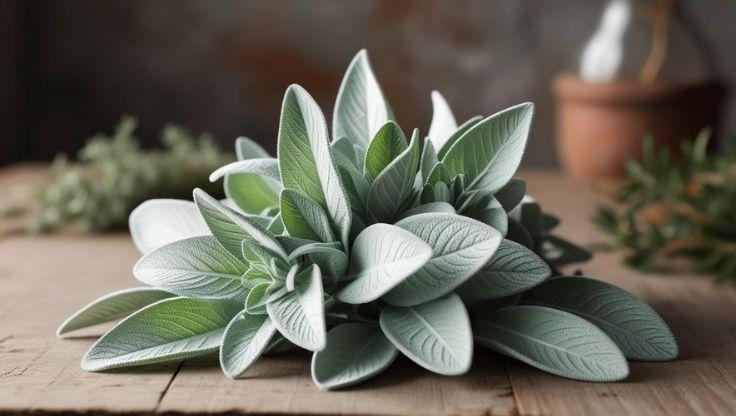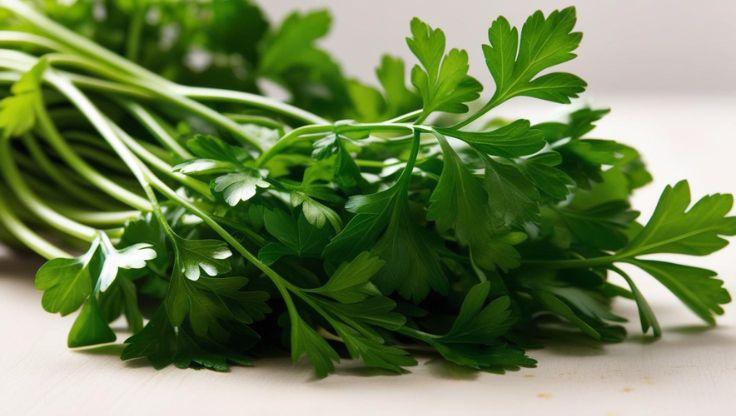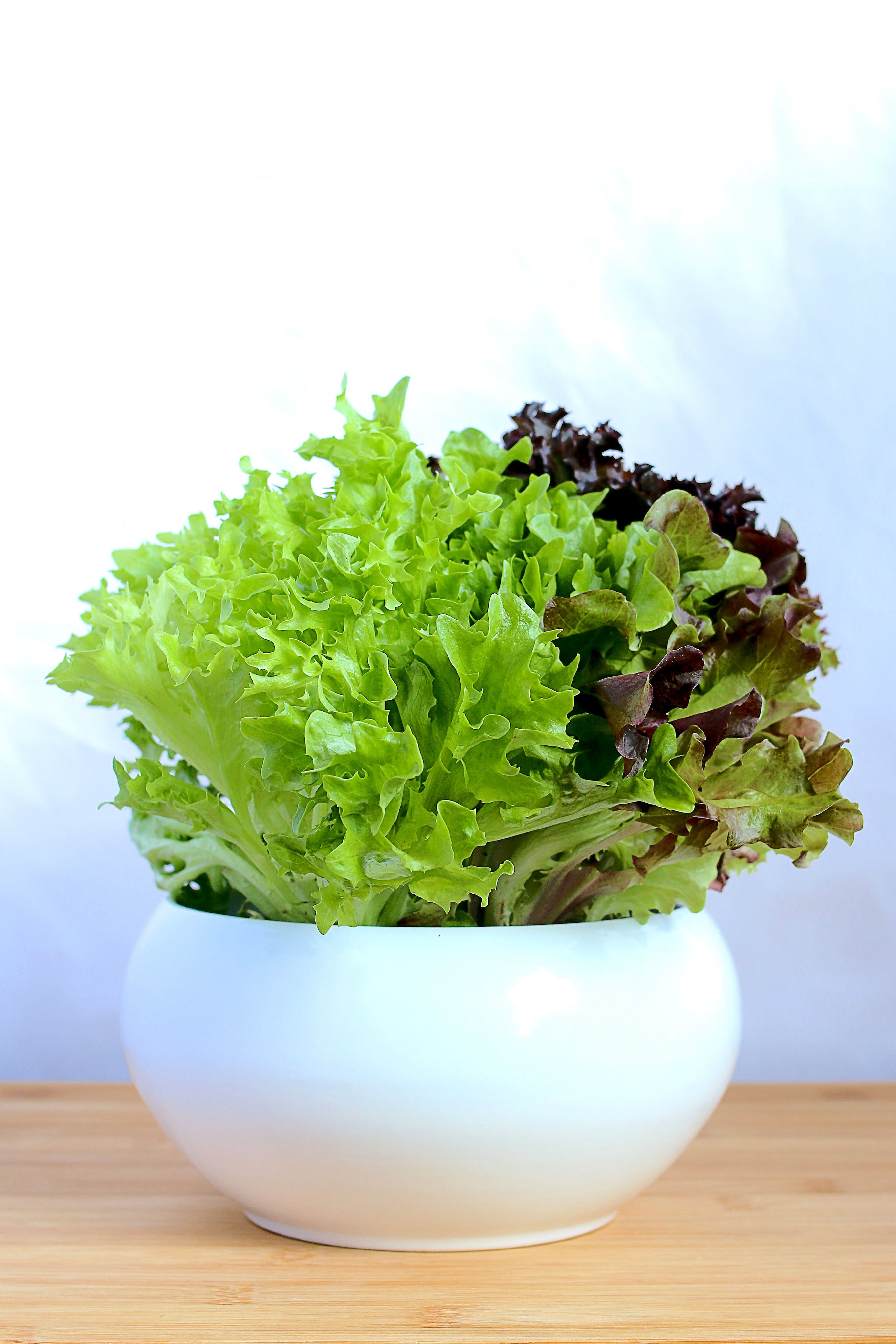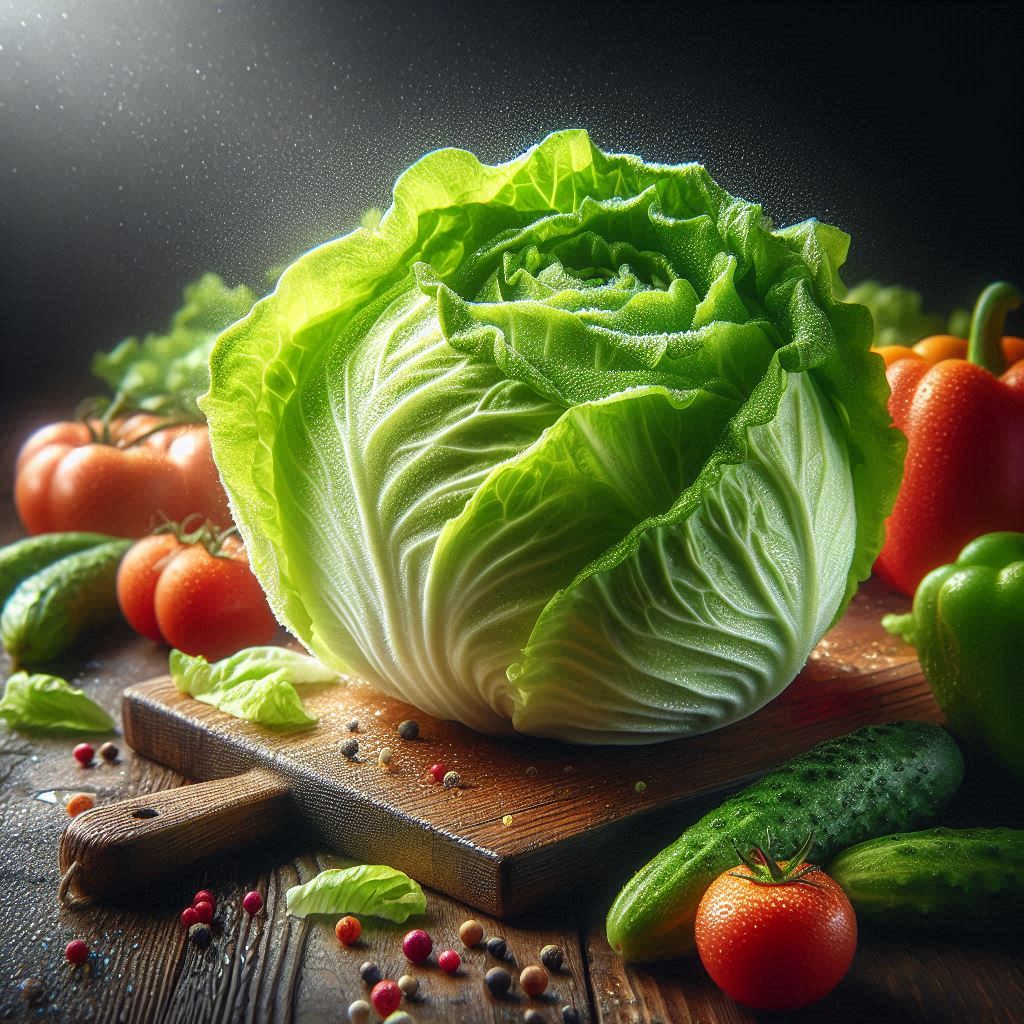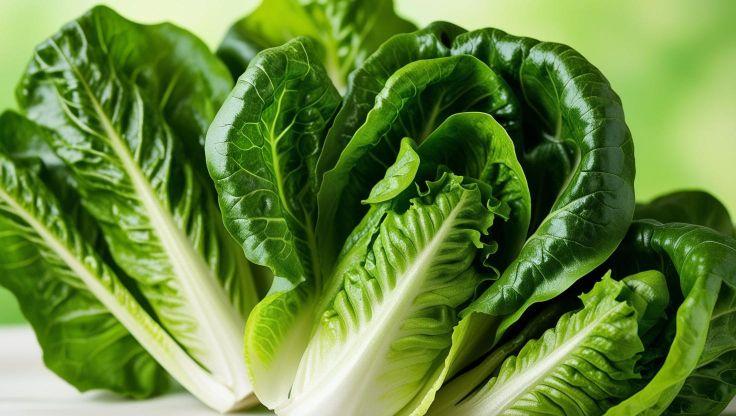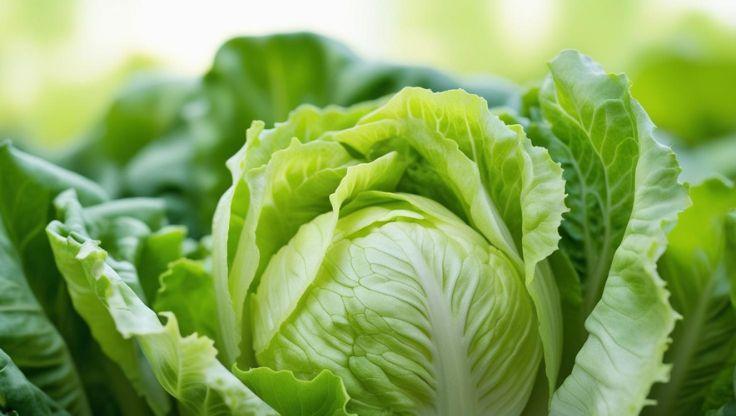Hydroponic Plants: Mint and Its Cultivation in Hydroponic Systems
Mint (Mentha spp.) is a widely grown herb appreciated for its refreshing flavor and medicinal benefits. Originating from various temperate regions, hydroponic plants like mint thrive in controlled environments, offering faster growth, reduced disease risks, and optimal nutrient absorption. Compared to traditional soil cultivation, hydroponic systems enhance sustainability by minimizing water usage and maximizing space efficiency.

Hydroponic Growing Conditions of Mint
Optimal pH and EC Levels
Mint thrives in hydroponic plants systems when grown within a pH range of 5.5–6.5, ensuring efficient nutrient uptake and healthy root development. The electrical conductivity (EC) level should be maintained between 1.5–2.5 mS/cm, providing the necessary mineral concentration for vigorous foliage growth. Carefully monitoring these levels prevents nutrient deficiencies and enhances mint’s aromatic profile.
Recent studies confirm that maintaining a balanced EC level is essential for optimal essential oil production, which gives mint its characteristic fragrance and medicinal properties. Proper adjustments to nutrient solutions based on plant age and environmental factors further improve yield and leaf quality.
Environmental Conditions for Hydroponic Mint
To achieve maximum growth and flavor, ensuring the right environmental conditions is crucial:
- Light Requirements: Mint thrives under 12–16 hours of full-spectrum LED or fluorescent lighting per day, supporting active photosynthesis and rapid leaf expansion. Studies suggest that red and blue-spectrum LED lighting enhances leaf biomass and chlorophyll production, leading to stronger and more flavorful mint.
- Temperature Range: The ideal growing temperature for hydroponic mint is 18–25°C, preventing heat stress while maintaining steady metabolic processes. Lower temperatures slow growth, while excessive heat may cause wilting or reduced oil concentration.
- Humidity Control: Maintaining humidity within 50–70% is key to preventing dehydration and promoting healthy leaf structure. Excess moisture can lead to fungal issues, while very low humidity may cause leaf curling and reduced oil retention. Using automated humidity regulators ensures stability for consistent yields.
Hydroponic Cultivation Advantages
Cultivating mint in hydroponic plants systems provides several advantages over soil-based methods:
- Precise nutrient regulation avoids common soil deficiencies and ensures plants receive optimal minerals.
- Year-round harvesting allows growers to cultivate mint continuously without seasonal restrictions.
- Minimal pest and disease risks reduce crop losses and improve overall efficiency.
Advanced hydroponic techniques, such as nutrient film technique (NFT) and deep water culture (DWC), ensure efficient oxygenation and faster growth cycles. With proper care, hydroponic mint can be harvested every 6–8 weeks, ensuring a fresh, aromatic supply with enhanced essential oil concentration.
Cultivation Process of Mint in Hydroponic Systems
Seed Germination and Planting
Mint seeds should be placed one per hole in hydroponic trays to ensure proper spacing and nutrient absorption. Germination typically takes 7–14 days, depending on environmental conditions. To accelerate the process, growers can use a seedling starter kit or the paper towel method, which enhances moisture retention and seed viability.
Growth and Maturation
After transplanting, hydroponic plants of mint reach maturity within 6–8 weeks, producing lush foliage and strong root systems. Maintaining a pH range of 5.5–6.5 and an EC level of 1.5–2.5 mS/cm ensures optimal nutrient absorption and healthy development. Regular pruning encourages bushier growth and enhances essential oil concentration, improving flavor and aroma.
Popular Hydroponic Mint Varieties
Several mint varieties adapt well to hydroponic gardens, including:
- Peppermint (Mentha × piperita): Known for its strong menthol flavor, widely used in teas and medicinal applications.
- Spearmint (Mentha spicata): Offers a milder, sweeter taste, ideal for culinary dishes and beverages.
- Chocolate Mint (Mentha × piperita 'Chocolate'): Features a subtle cocoa aroma, making it a unique addition to desserts and flavored drinks.
By following these cultivation guidelines, growers can achieve high-yield, aromatic hydroponic mint, ensuring a steady supply of fresh herbs year-round.
Uses and Benefits of Mint in Hydroponic Systems
Culinary Applications
Mint is a versatile herb that enhances the flavor of desserts, beverages, salads, and marinades, delivering a cool, refreshing taste. Its aromatic profile makes it a staple in Mediterranean, Middle Eastern, and Asian cuisines. Hydroponic plants of mint offer consistent quality and higher yields, ensuring a fresh supply year-round.
Studies show that hydroponically grown mint retains its essential oils more effectively than soil-grown varieties, leading to stronger flavor and aroma. Whether used in cocktails, herbal teas, or infused water, mint provides a natural cooling effect, making it a favorite ingredient in both culinary and wellness applications.
Medicinal Properties
Rich in antioxidants and digestive-supporting compounds, mint aids digestion, respiratory health, and stress relief. Research suggests that mint can help reduce bloating, ease nausea, and improve gut health. Additionally, its anti-inflammatory properties make it beneficial for soothing sore throats and relieving congestion.
Hydroponic plants of mint are cultivated under controlled conditions, ensuring optimal nutrient absorption and higher concentrations of beneficial compounds. This makes hydroponic mint an excellent choice for herbal remedies, essential oil extraction, and therapeutic applications.
Sustainability and Hydroponic Advantages
Growing mint as a hydroponic plant offers several benefits:
- Precise nutrient control ensures optimal growth and flavor.
- Year-round harvesting provides a steady supply regardless of climate.
- Reduced pest and disease risks improve plant health and longevity.
By integrating hydroponic plants into modern agriculture, growers can cultivate high-quality mint with enhanced medicinal and culinary properties.
Research for expert insights
Dive into these comprehensive articles for authoritative insights and valuable information.
|
Institution |
Article Title |
Article Link |
|---|---|---|
|
MDPI |
Effect of Different Sustainable Cultivation Methods on the Biometric Parameters and Yield of Mint |
|
|
ResearchGate |
Smart Irrigation System for Mint Cultivation through Hydroponics Using IoT |
|
|
Agri Articles |
Hydroponics in Mint |
Through their in-depth approach, they deliver expert perspectives, making them an essential reference for those eager to explore further.


